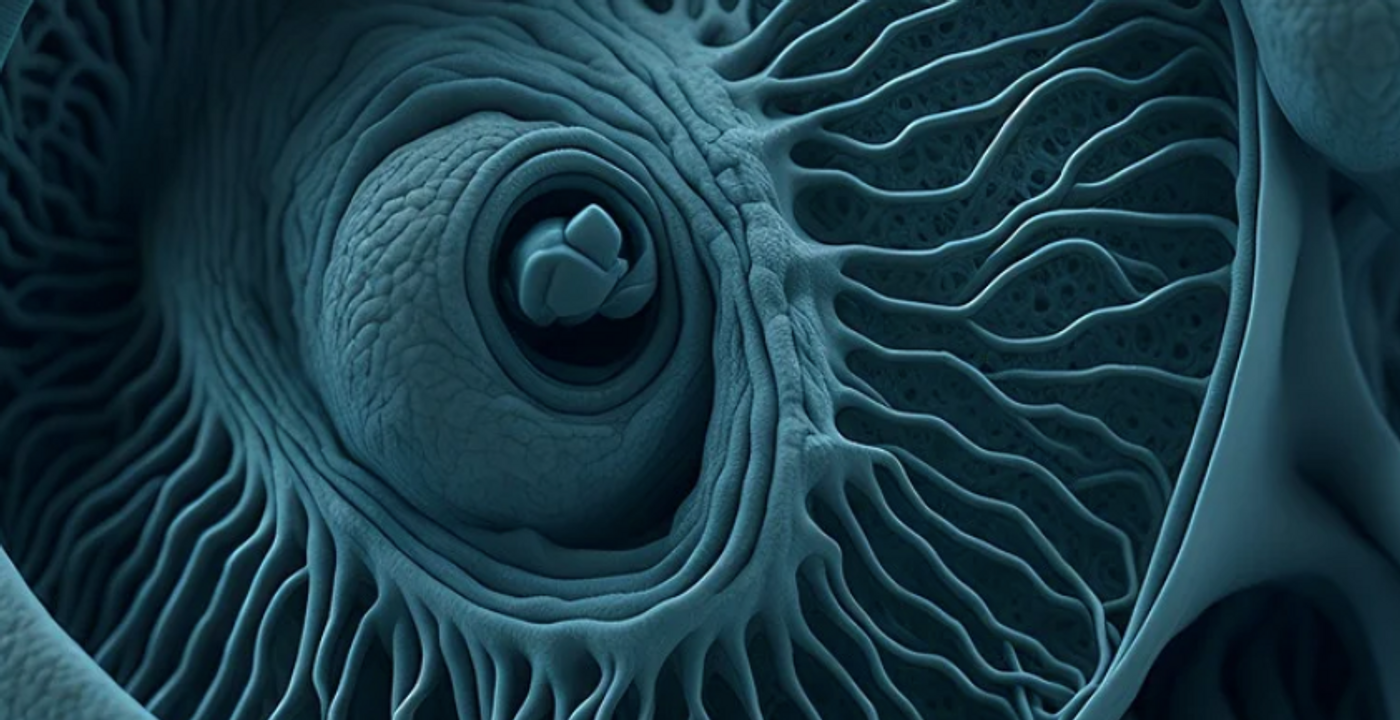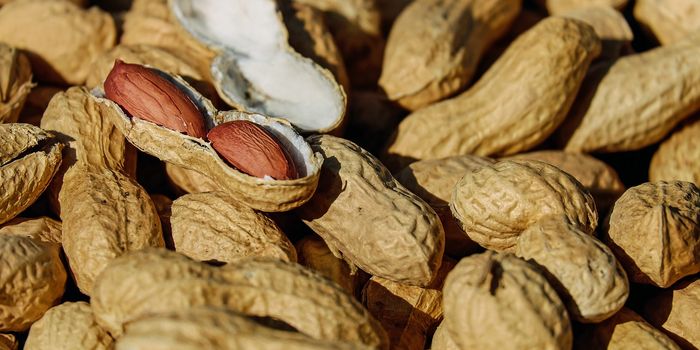Free-Living Eukaryotes Without Mitochondria are Identified
Prokaryotes are ancient, simple forms of life that include bacteria and archaea. These cellular life forms lack membrane-bound organelles. Those organelles, which include the nucleus and the mitochondria, are found in a more recently evolved type of cell called eukaryotes. Plants and animals are made of eukaryotic cells, which are thought to have evolved from an endosymbiotic event in which a prokaryotic cell absorbed another, which went onto become the mitochondrion. This event is thought to have paved the way for complex life.
Mitochondria are special little organelles that not only generate power for the cell but also carry their own little genomes and make their own proteins with their own ribosomes. Those features make them unique among organelles in eukaryotic cells. Mitochondria are usually considered to be more or less essential to the survival of eukaryotes.
But there are rare forms of eukaryotes that do not carry the mitochondria we are most familiar with. Instead, they get their energy by taking up bacterial cells. These creatures, called metamonads, are eukaryotes that live in aquatic environments that lack oxygen; some have also been identified in the human gut. Metamonads are considered parasitic microbes, and they do have unique complexes that are similar to mitochondria, which are known as mitochondrion-related organelles (MROs). These MROs, which lack mitochondrial DNA, have become specialized over time to function and thrive in low oxygen conditions.
In a new study, scientists have learned more about the evolution of metamonads. Samples were collected from a few different locations, and the researchers zeroed in on a few specimens that came from soda lake beds, and shallow ocean sediments. One specimen in particular had no mitochondria at all, and may be the first example of a eukaryote that is free-living and has totally lost its mitochondria. The study authors noted that more research will be necessary to determine how this cell gets its fuel, a molecule called ATP, without utilizing oxygen.
The findings hsve been reported in the open-access journal Nature Communications.
Sources: Phys.org, Nature Communications









